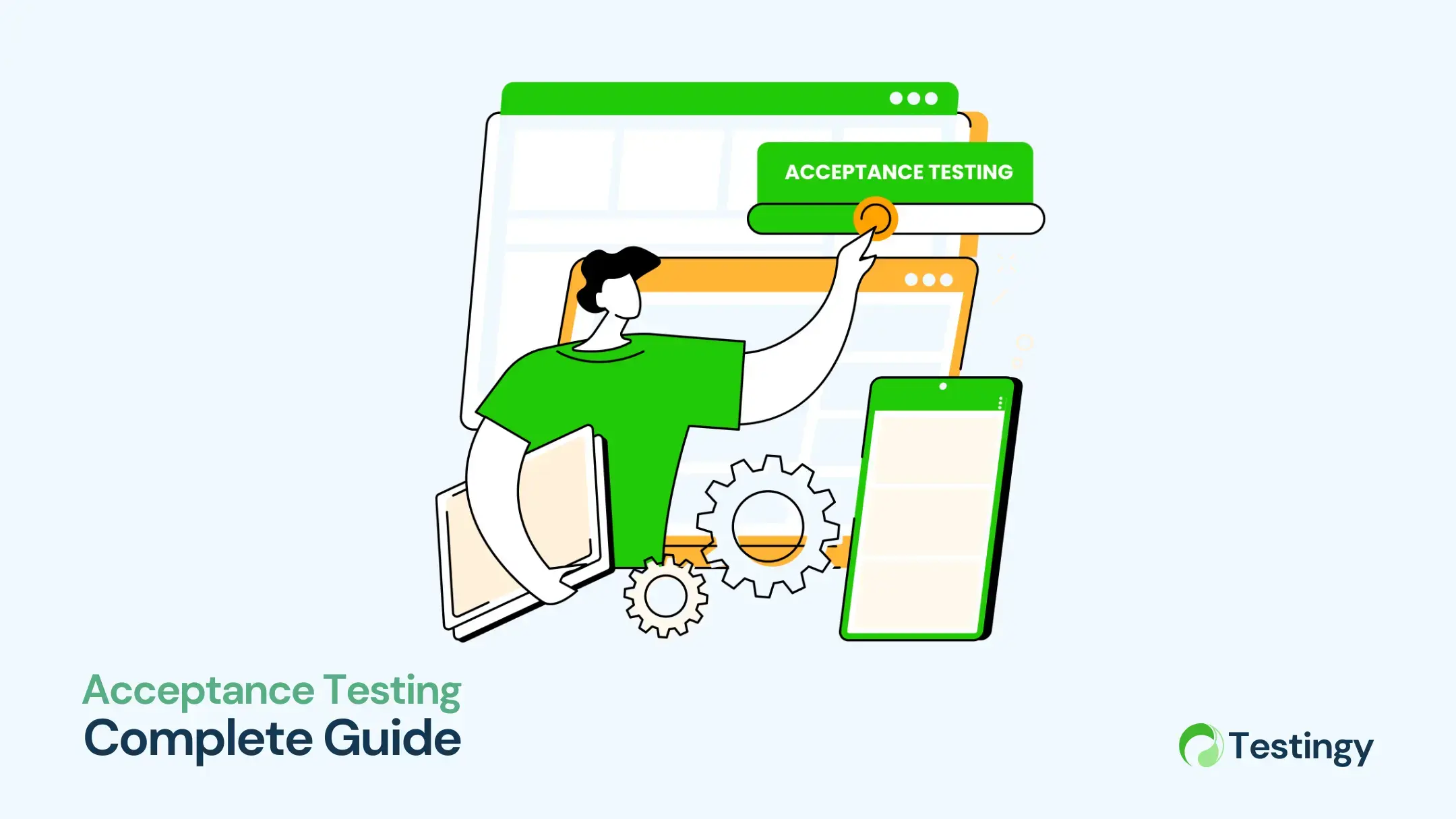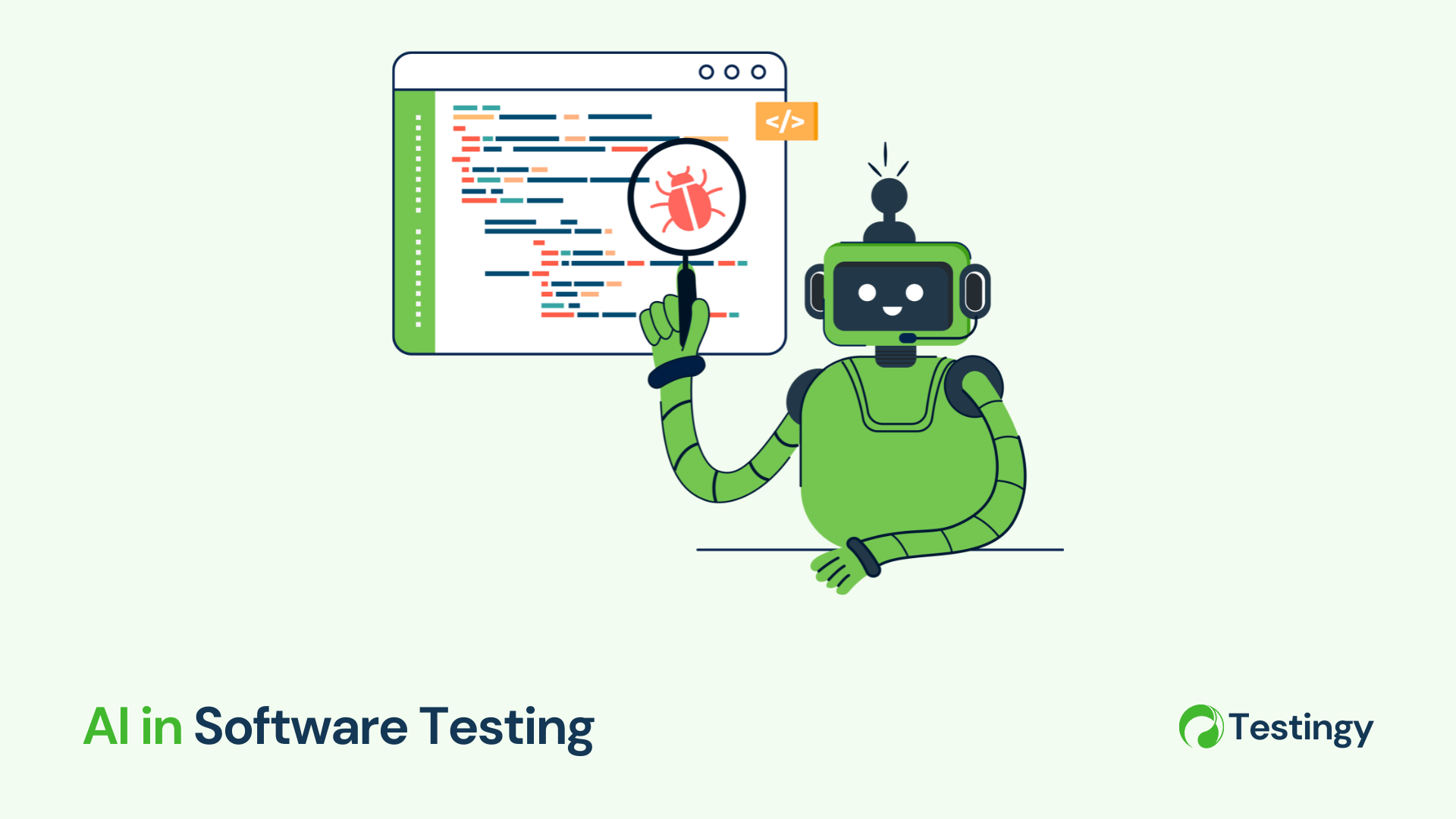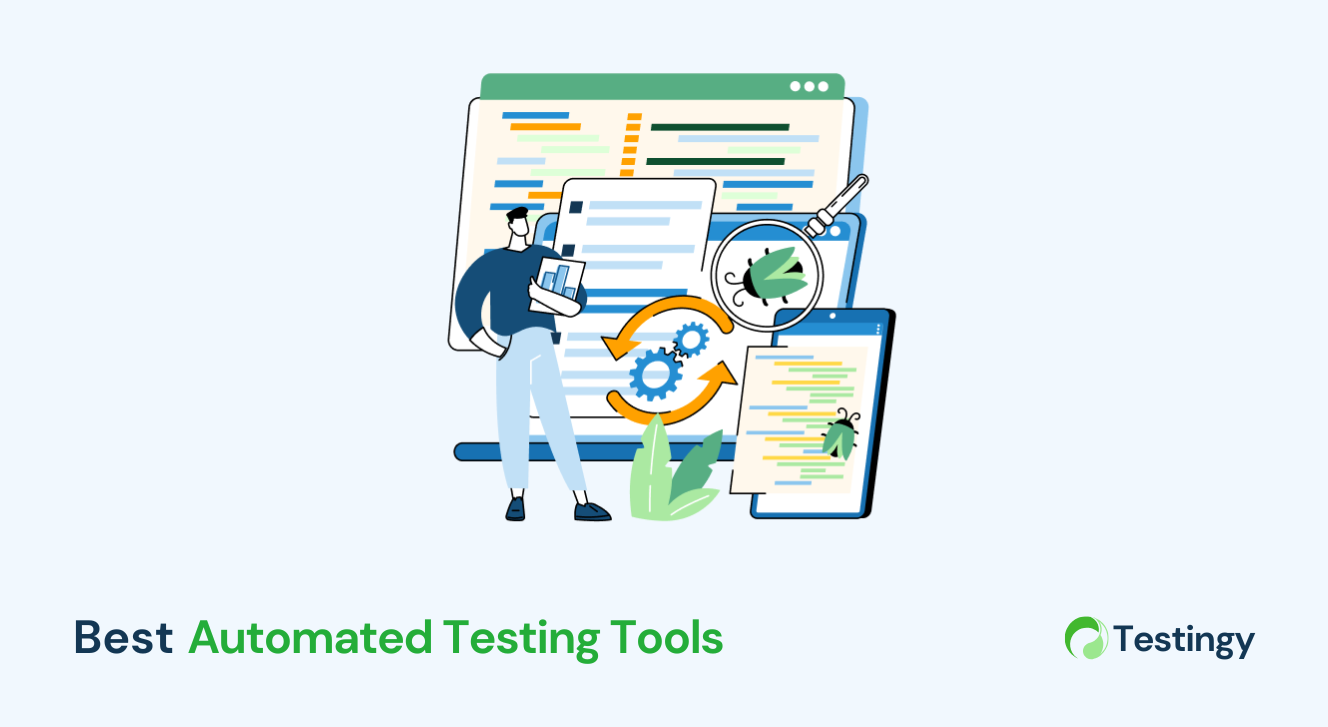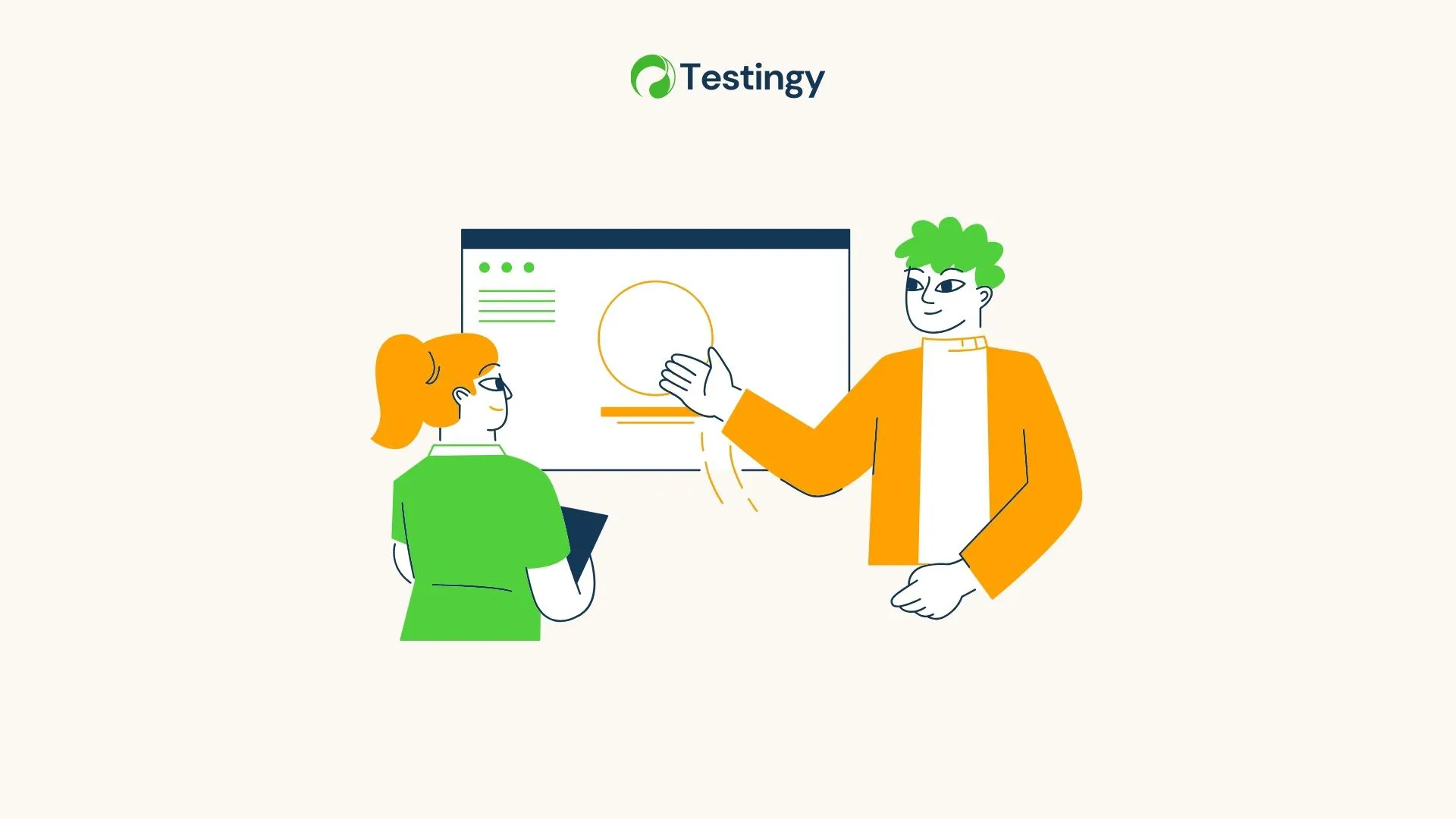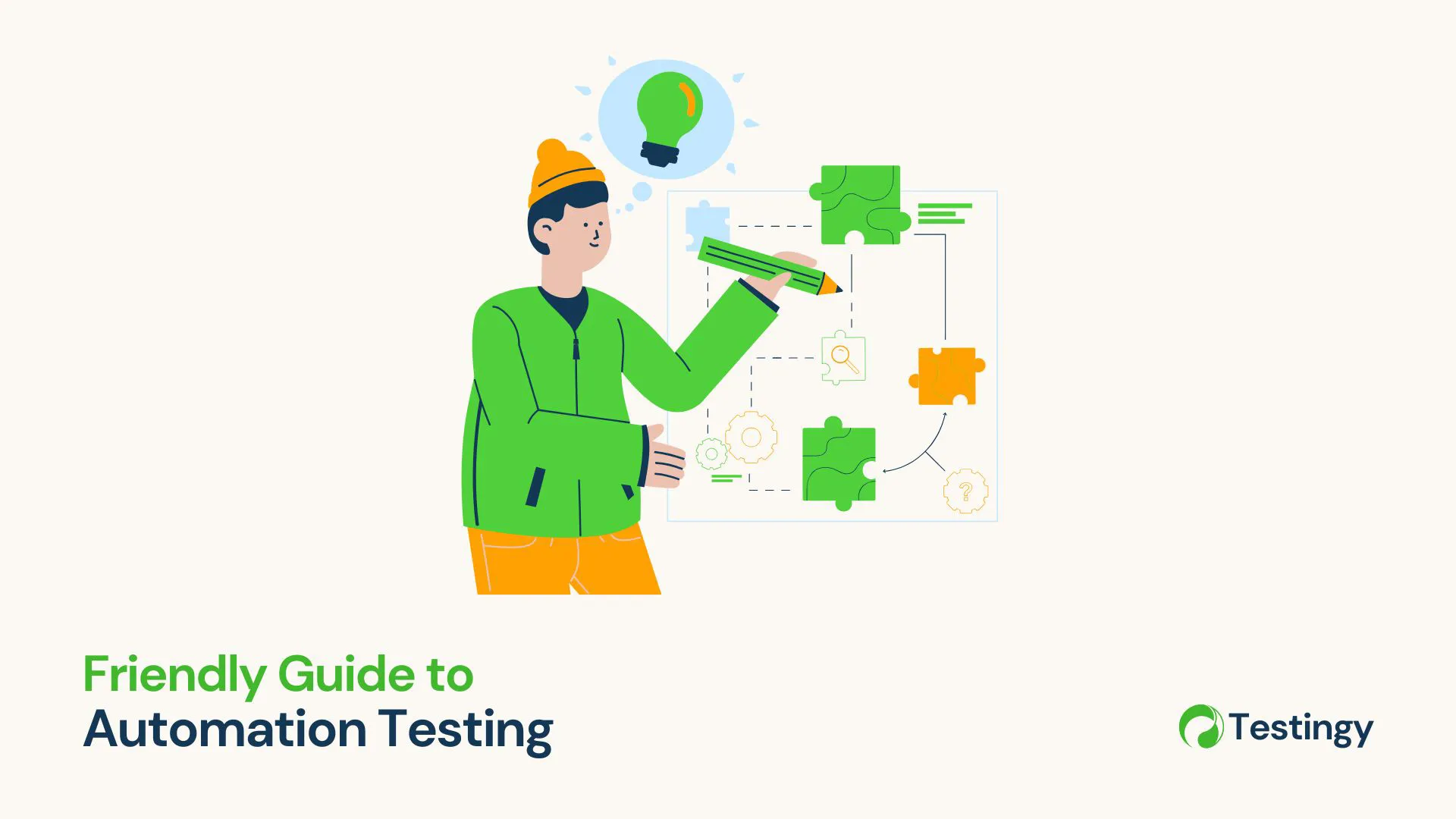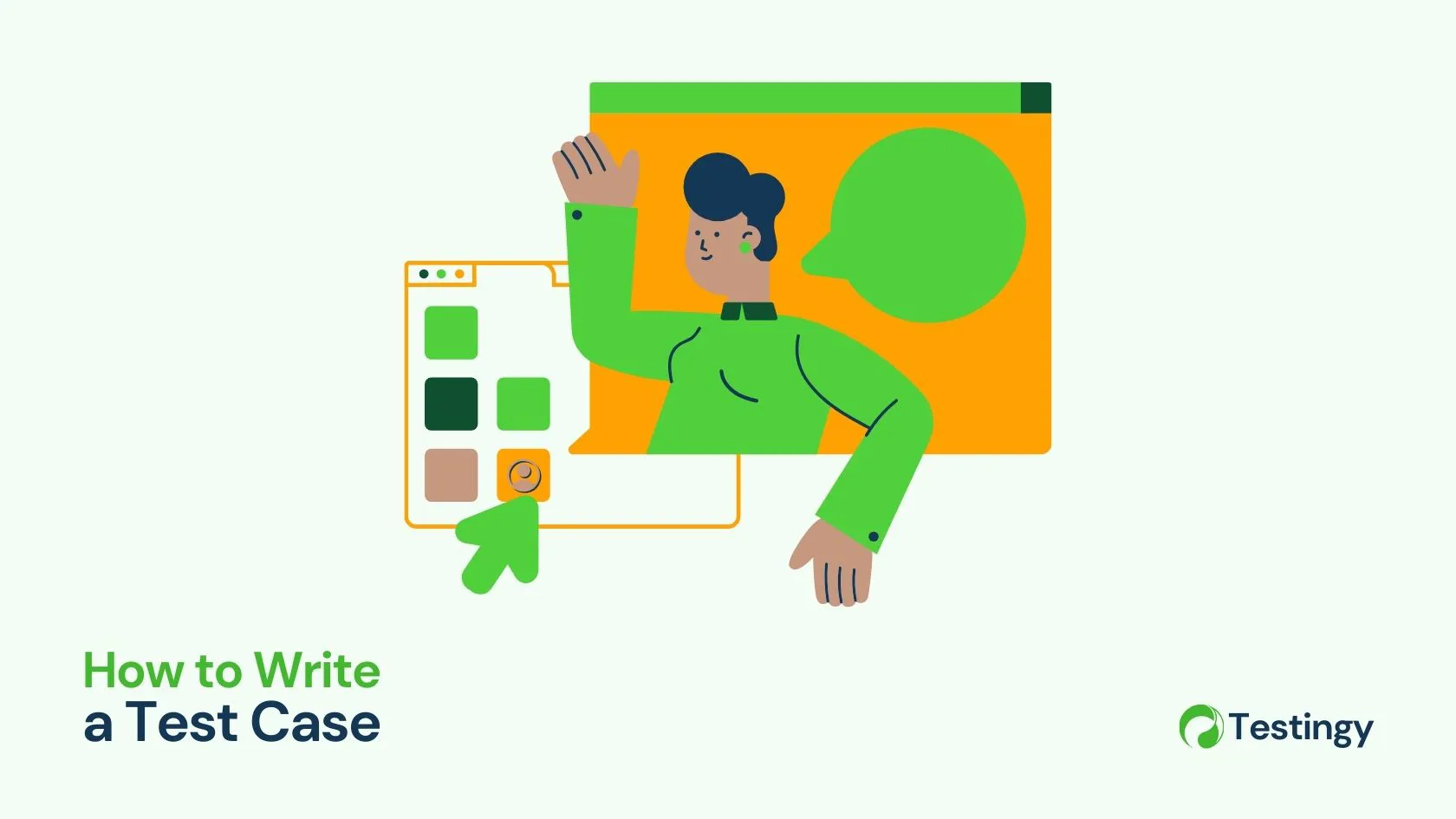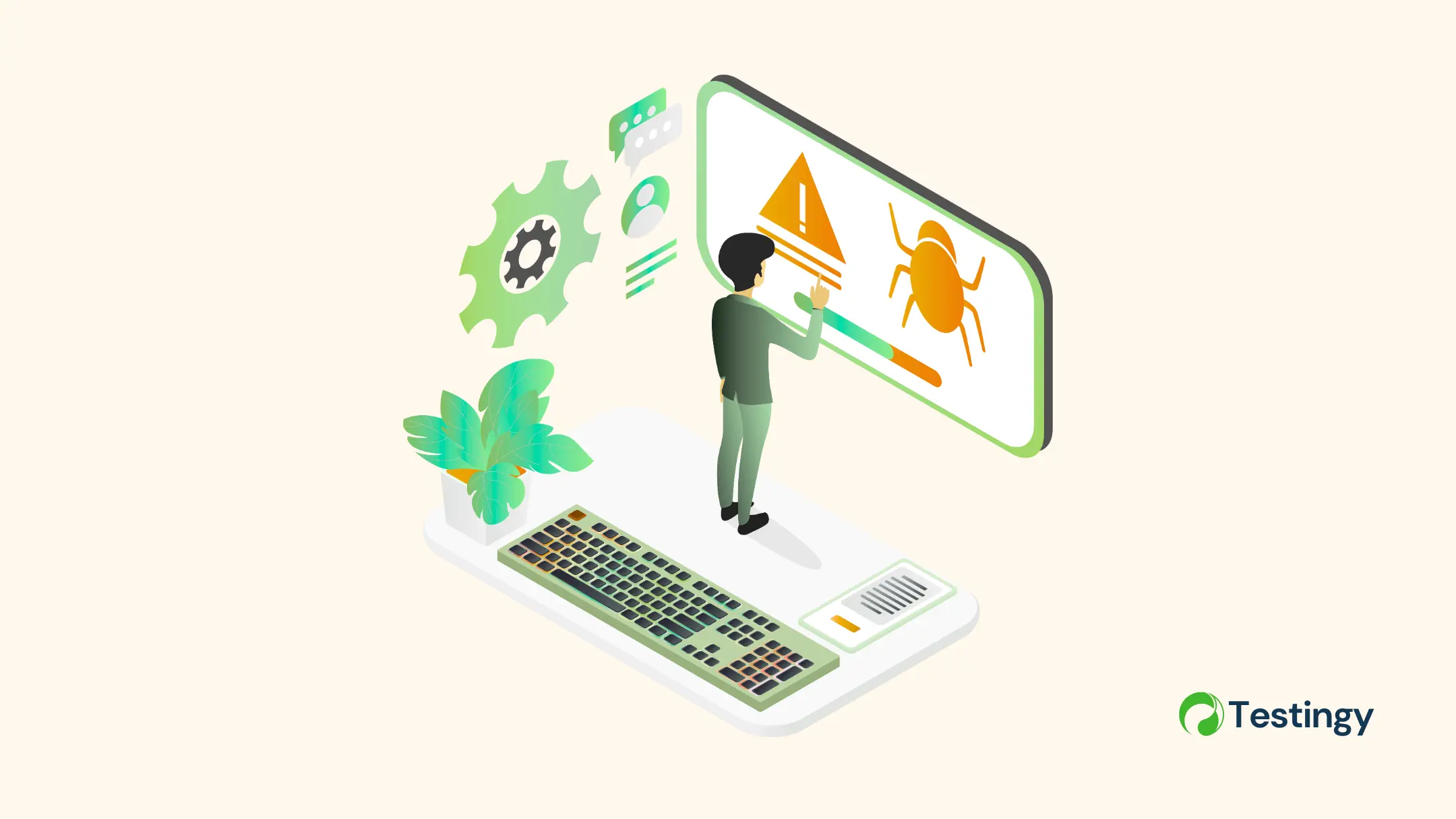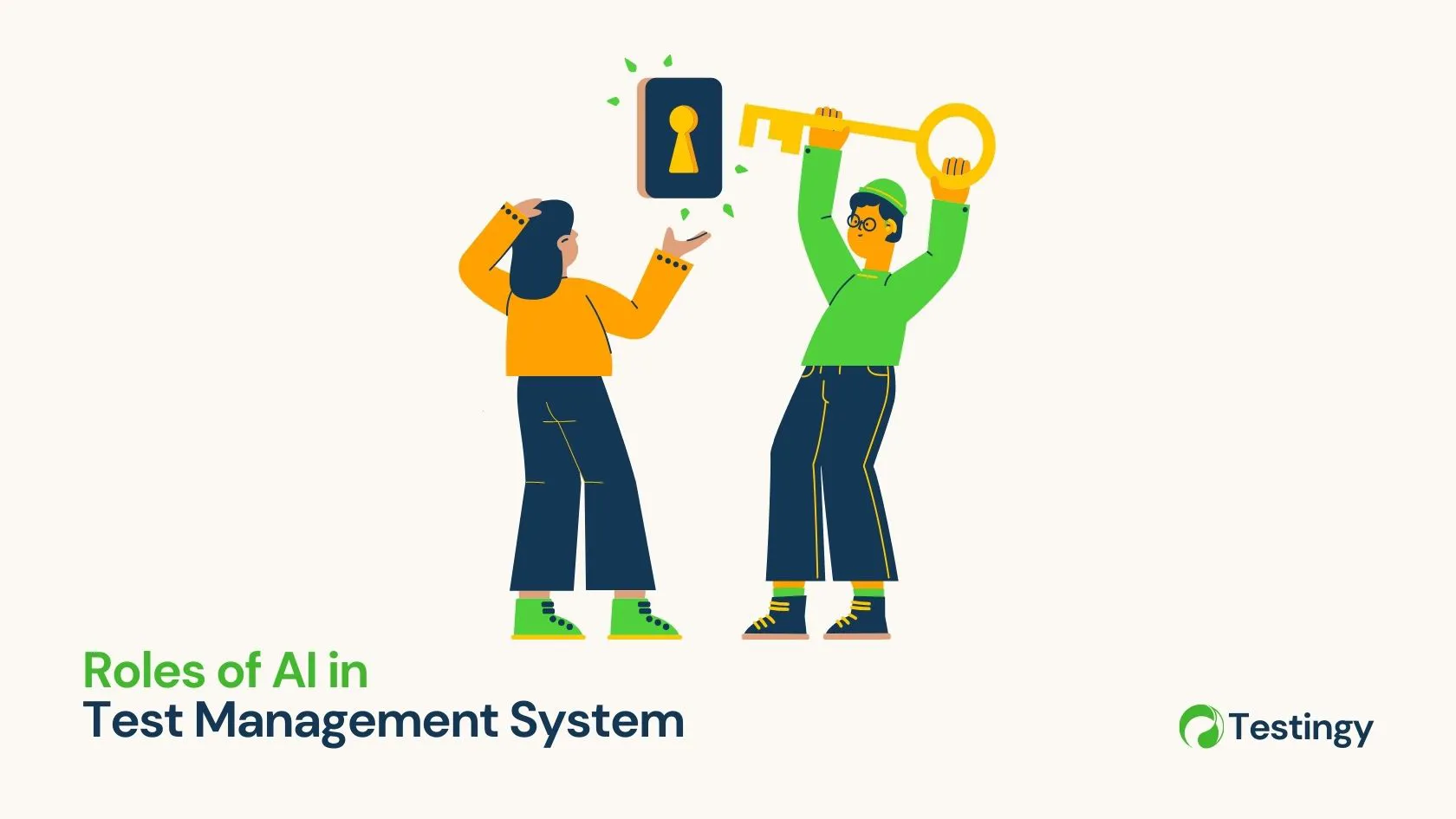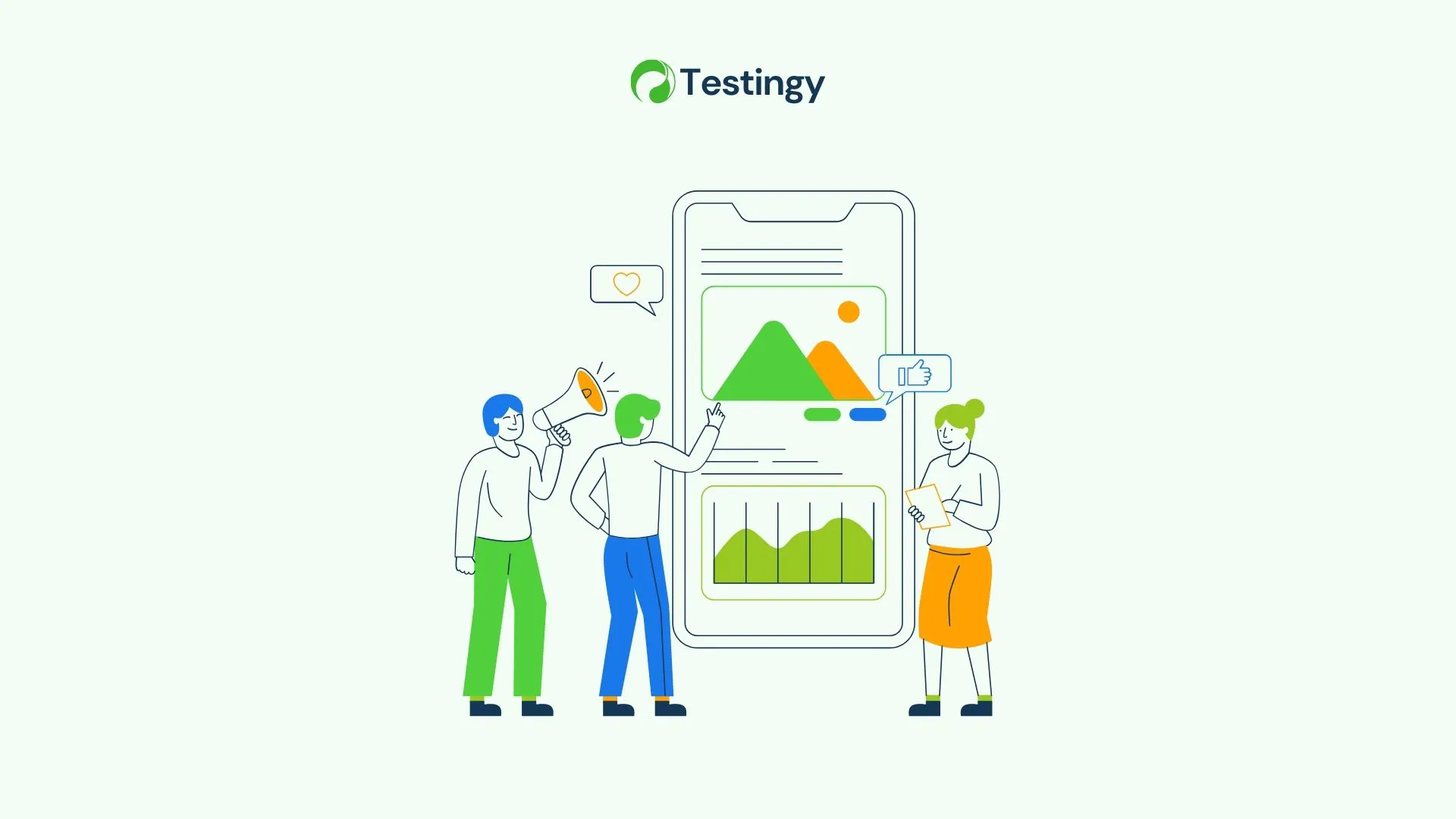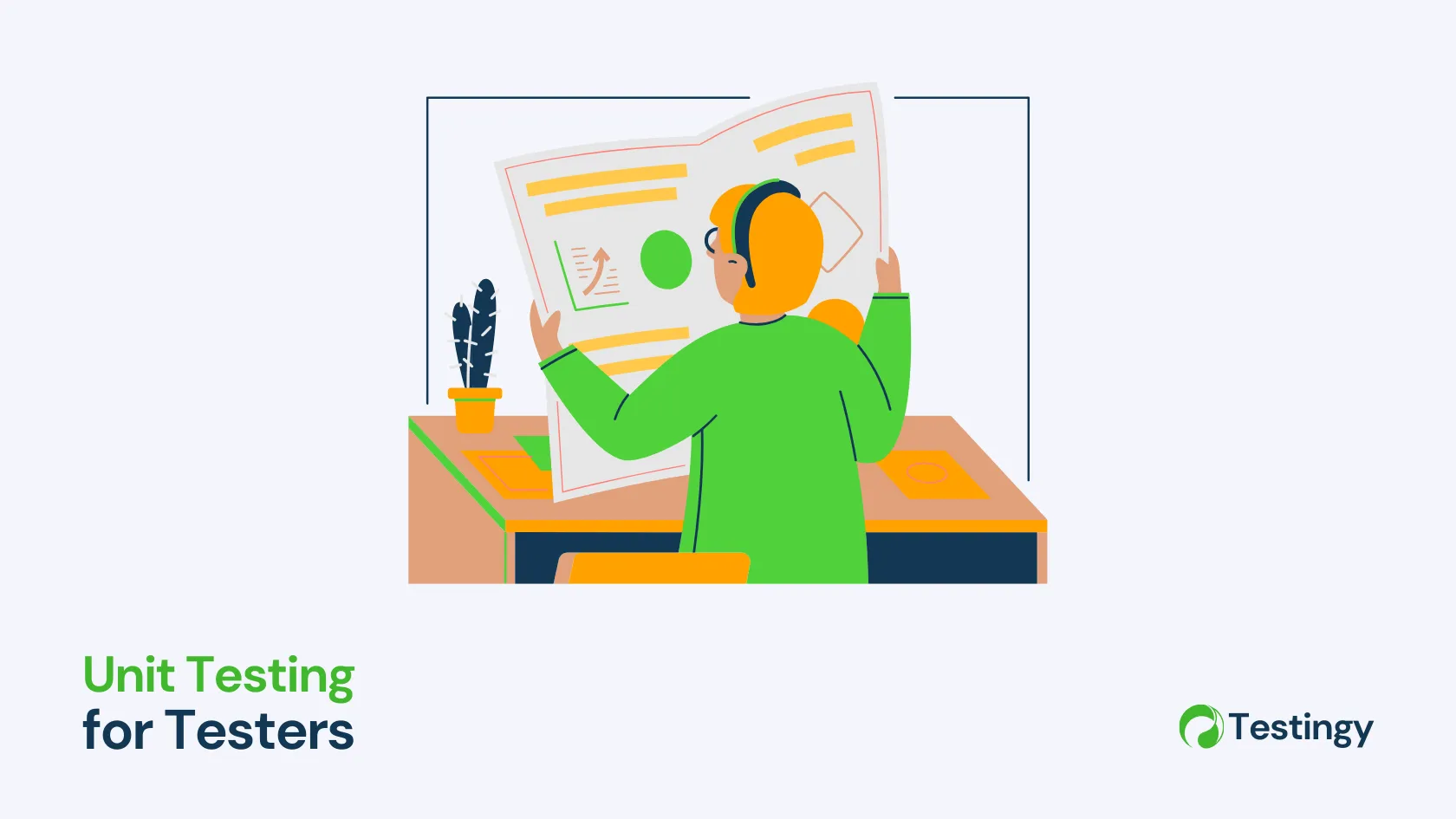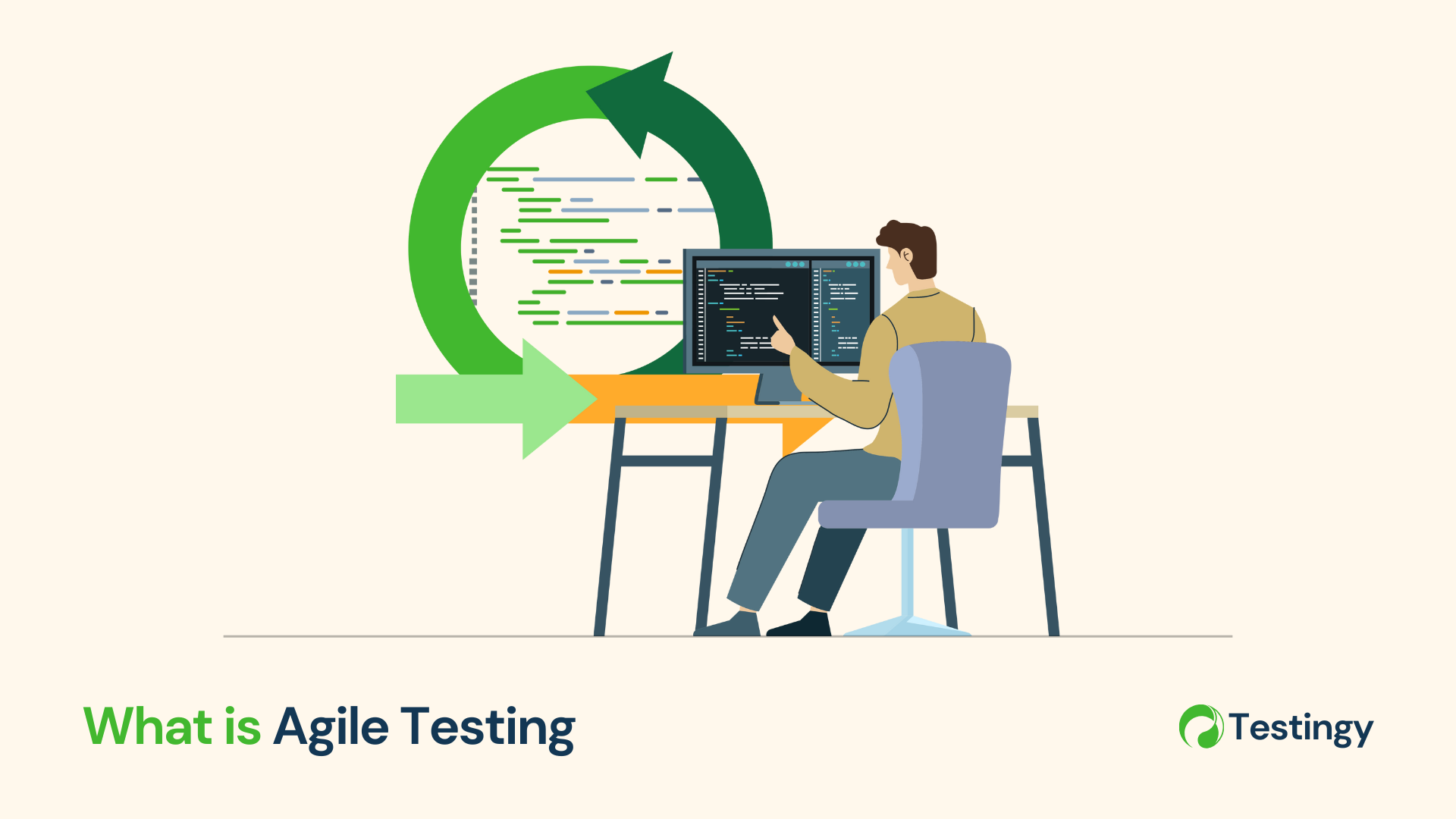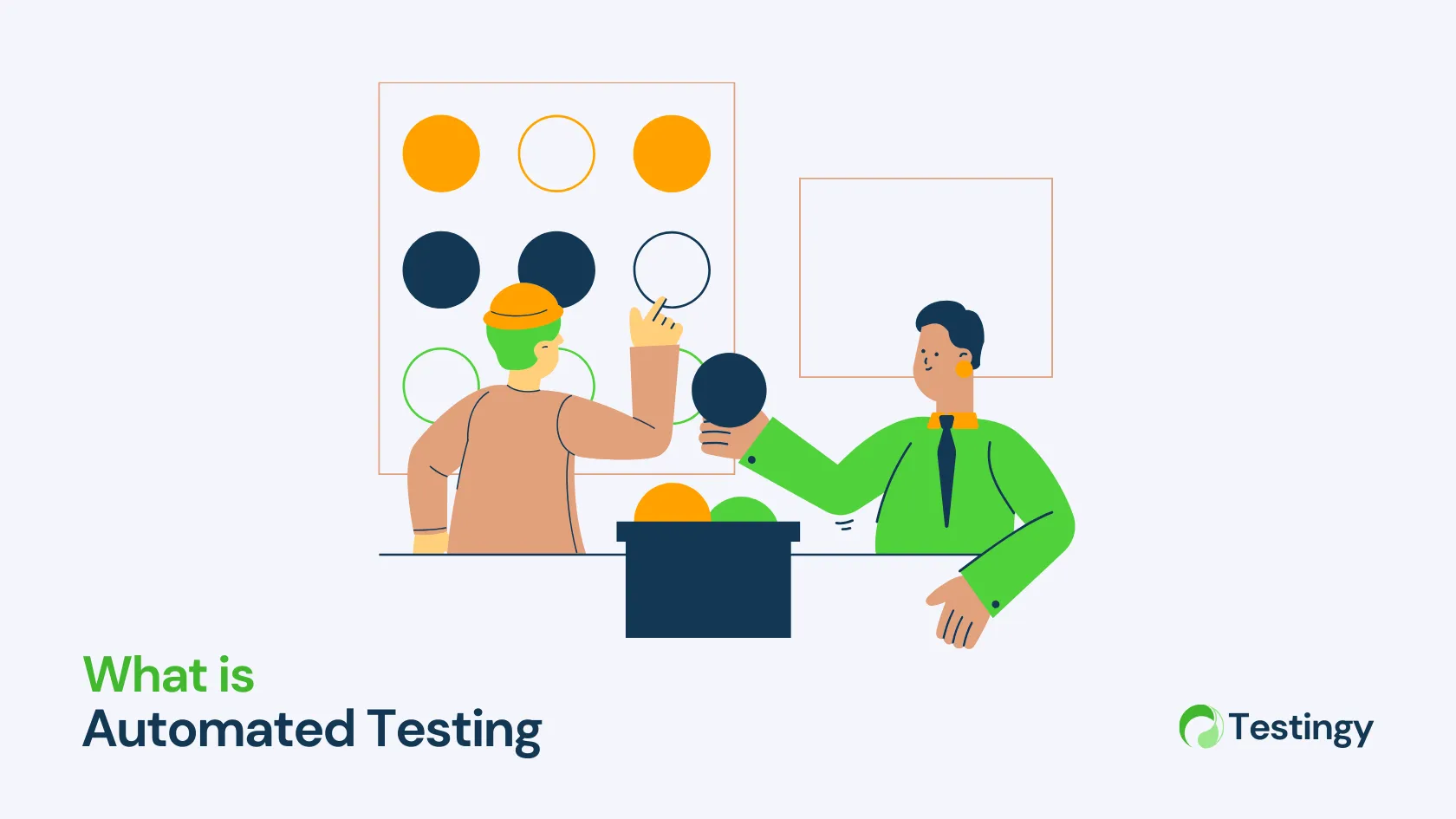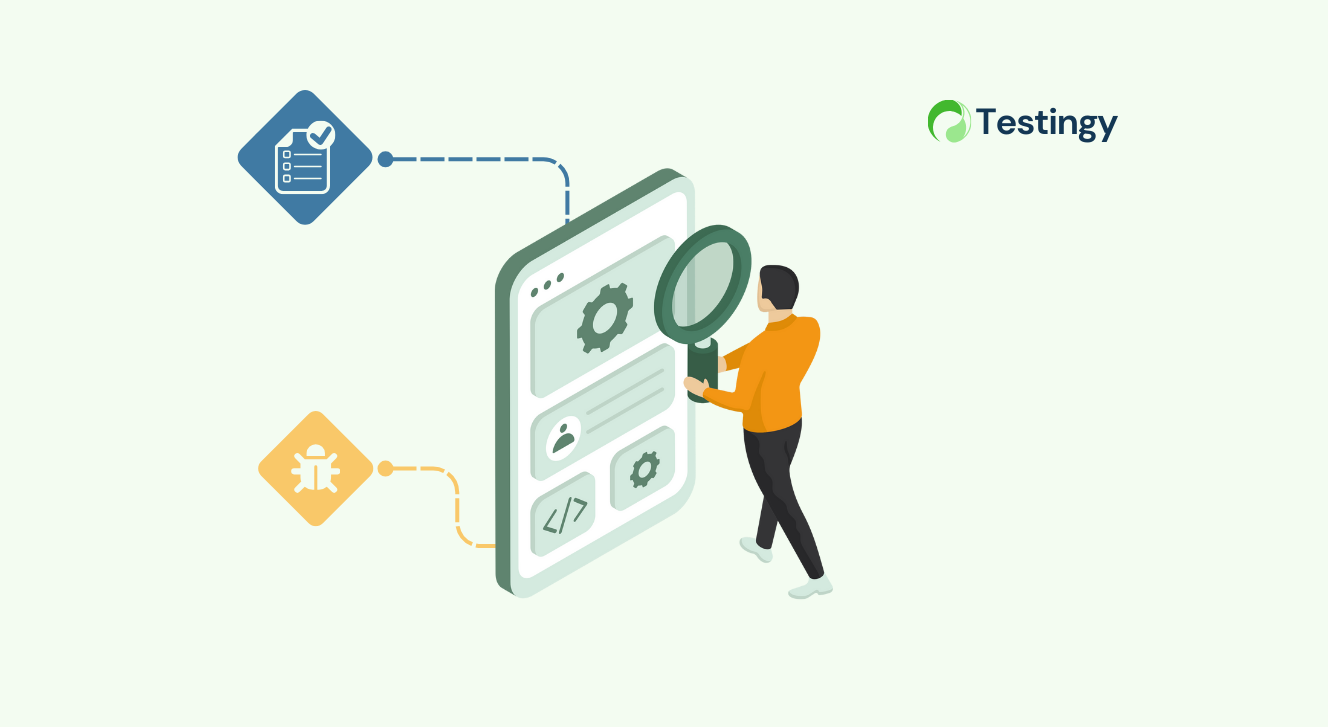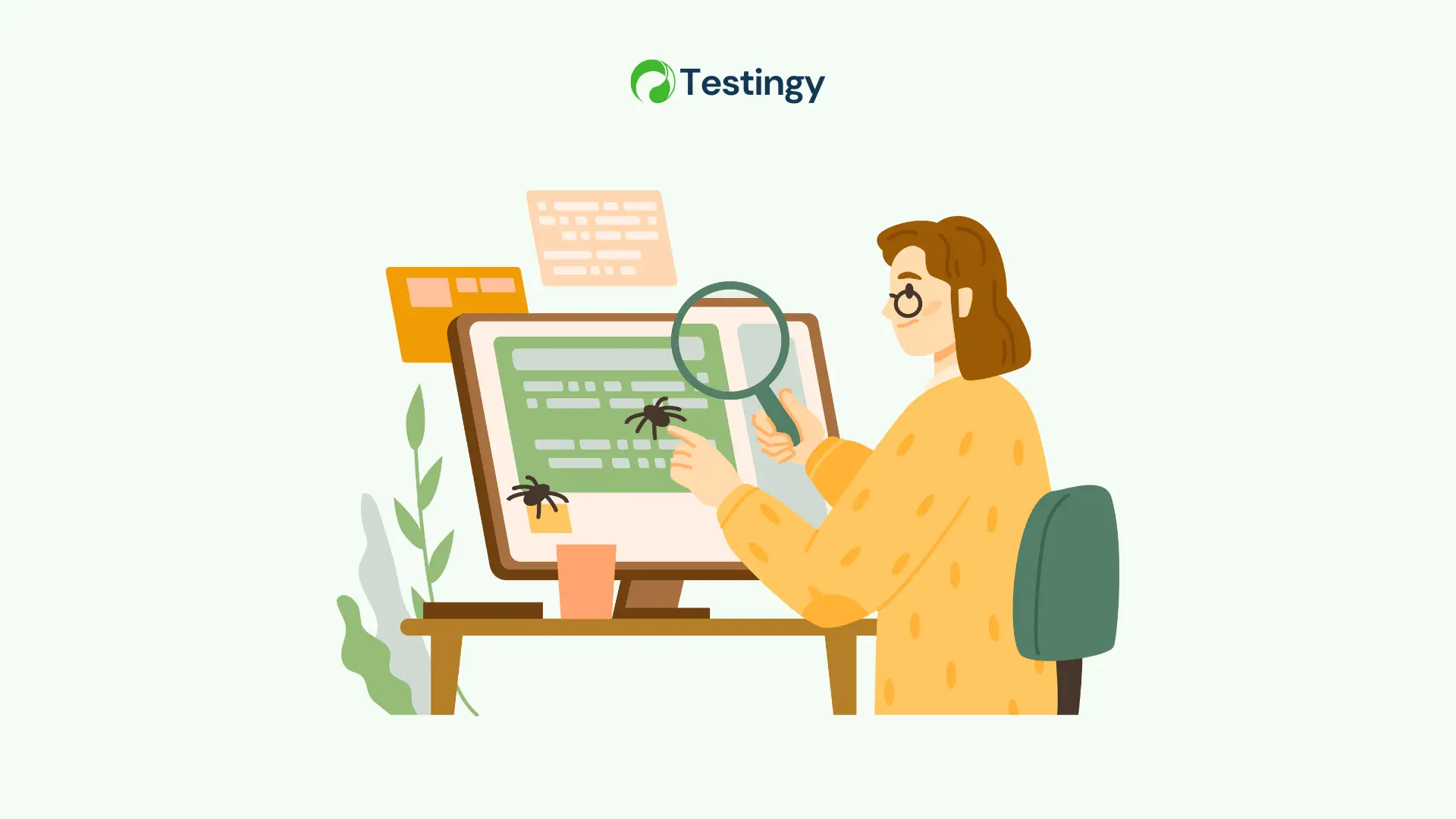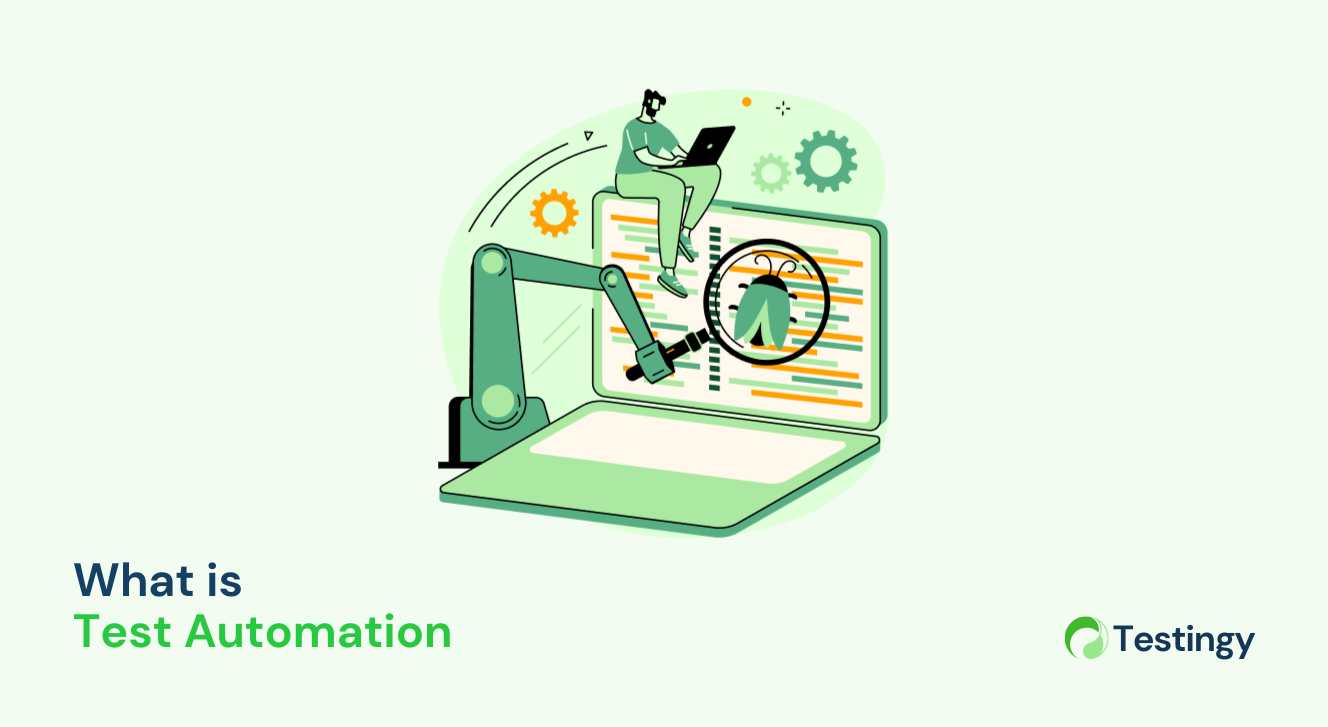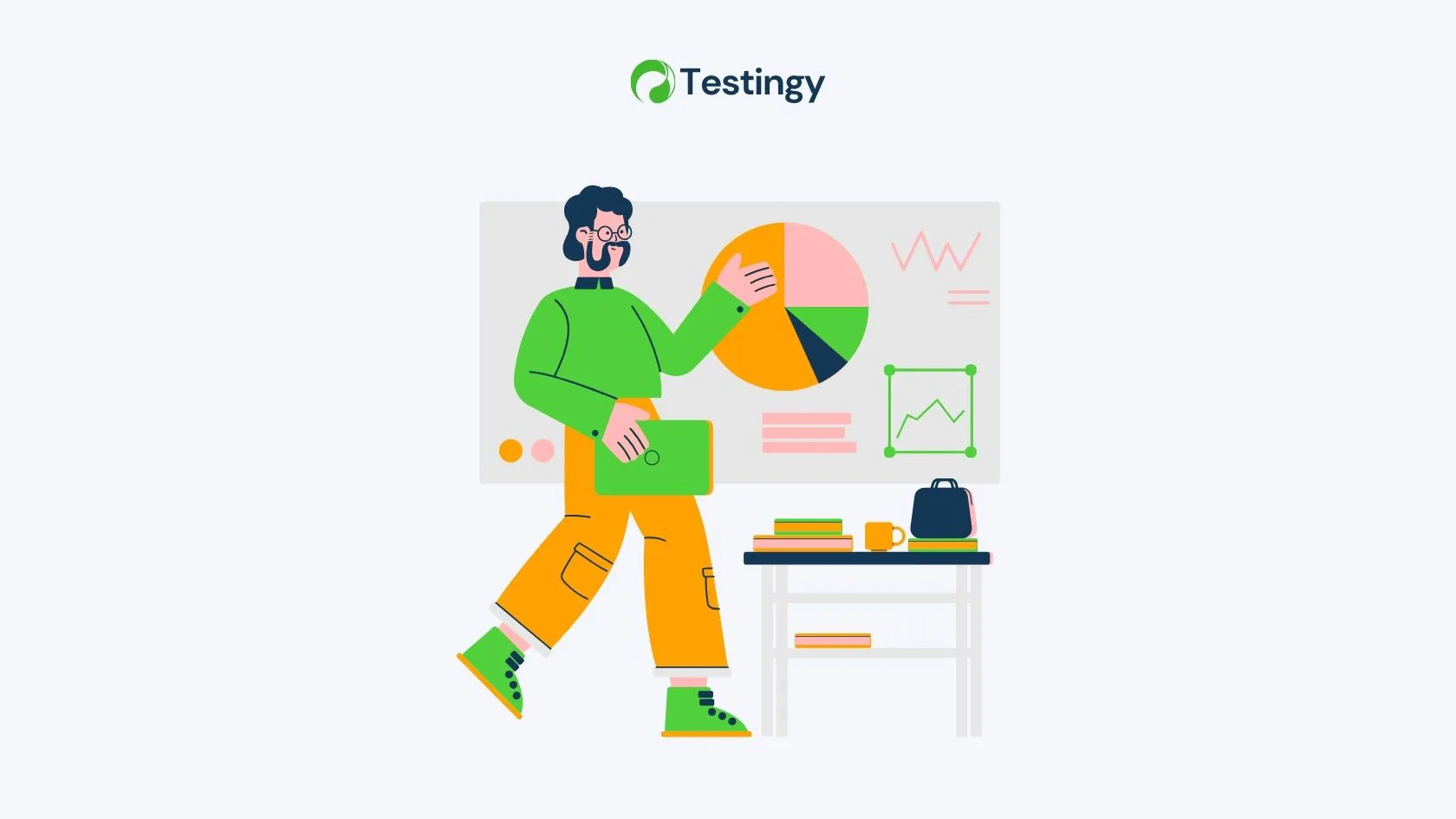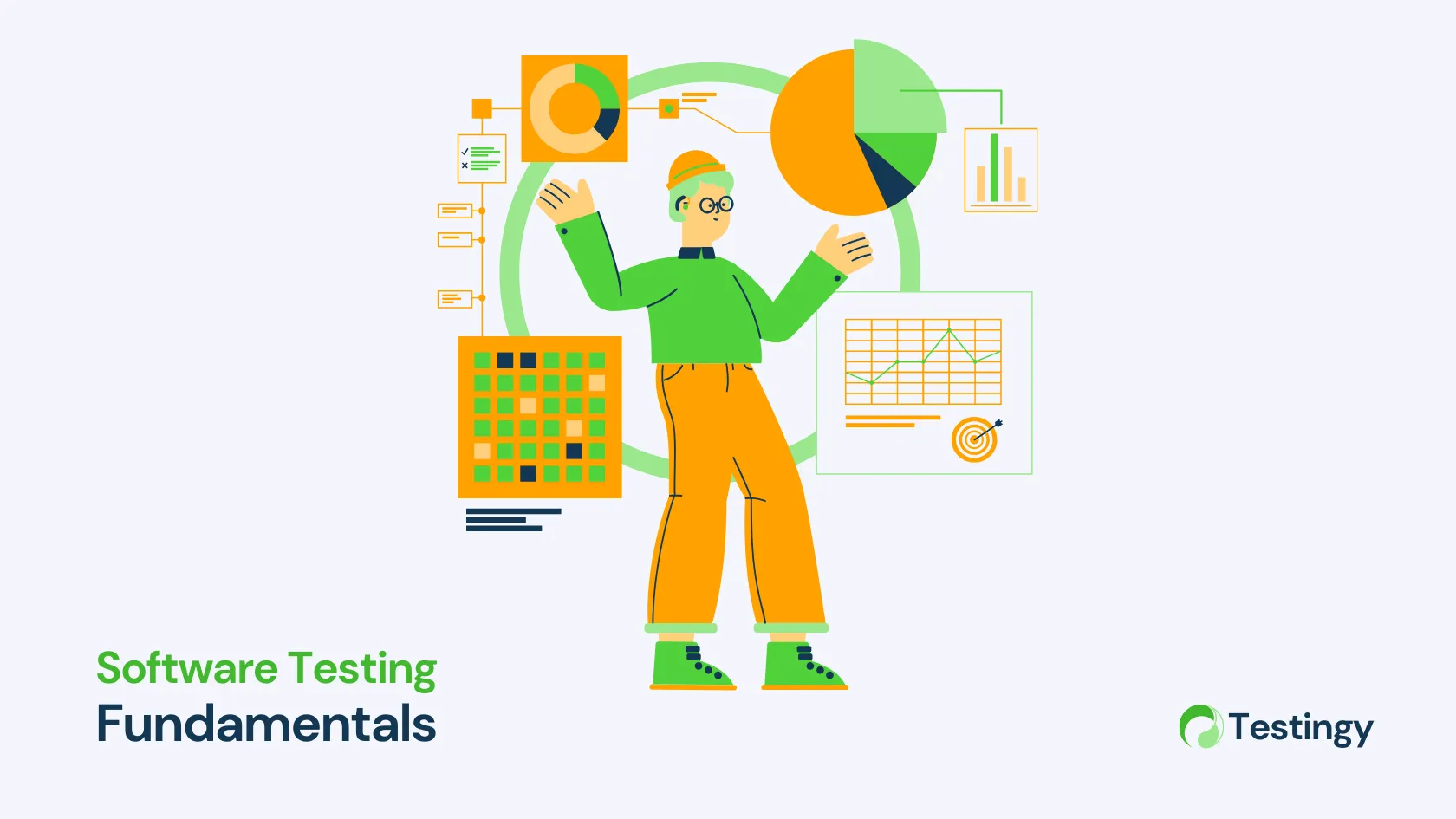Automated software testing is stepping up big time in 2025, and it’s ready to make your life easier. This article’s your guide to the latest trends, tools, and strategies that’ll keep your apps running smoothly across phones, browsers, and beyond.
We’re diving into what’s hot, from AI-powered testing to cloud-based setups, so you can ship code with confidence.
Why Automated Software Testing Matters
Let’s talk about automated software testing - it’s like the unsung hero of coding that keeps your app from crashing and burning. It’s all about catching bugs fast and making sure your software runs like a dream, no matter if it’s on a phone or some fancy smartwatch.
MarketsandMarkets says the automation testing market is sitting at USD 28.1 billion in 2023 and is set to hit USD 55.2 billion by 2028, growing at a slick 14.5% CAGR [MarketsandMarkets report]. That’s a big neon sign that automation’s the real deal.
The benefits are clear:
- Automated testing slashes the time spent on repetitive tasks, letting developers focus on innovation rather than manual checks.
- It also minimizes human error - unlike manual testing, where oversight is a risk, automated scripts execute consistently every time.
- Catching bugs early is another win; issues flagged at the start of development are far cheaper and quicker to fix than those discovered post-launch.
- With software now powering everything from smartphones to smartwatches, automated testing ensures seamless performance across a dizzying array of devices and platforms.
→ Read more: What Is Automated Testing?
Key Trends in Automated Software Testing for 2025
So, what’s on the horizon for automated software testing in 2025? Buckle up, because it’s not just about running scripts faster - it’s about smarter tools, tighter teamwork, and a few curveballs that’ll keep your testing game sharp.
Here’s the rundown of the trends driving the future.
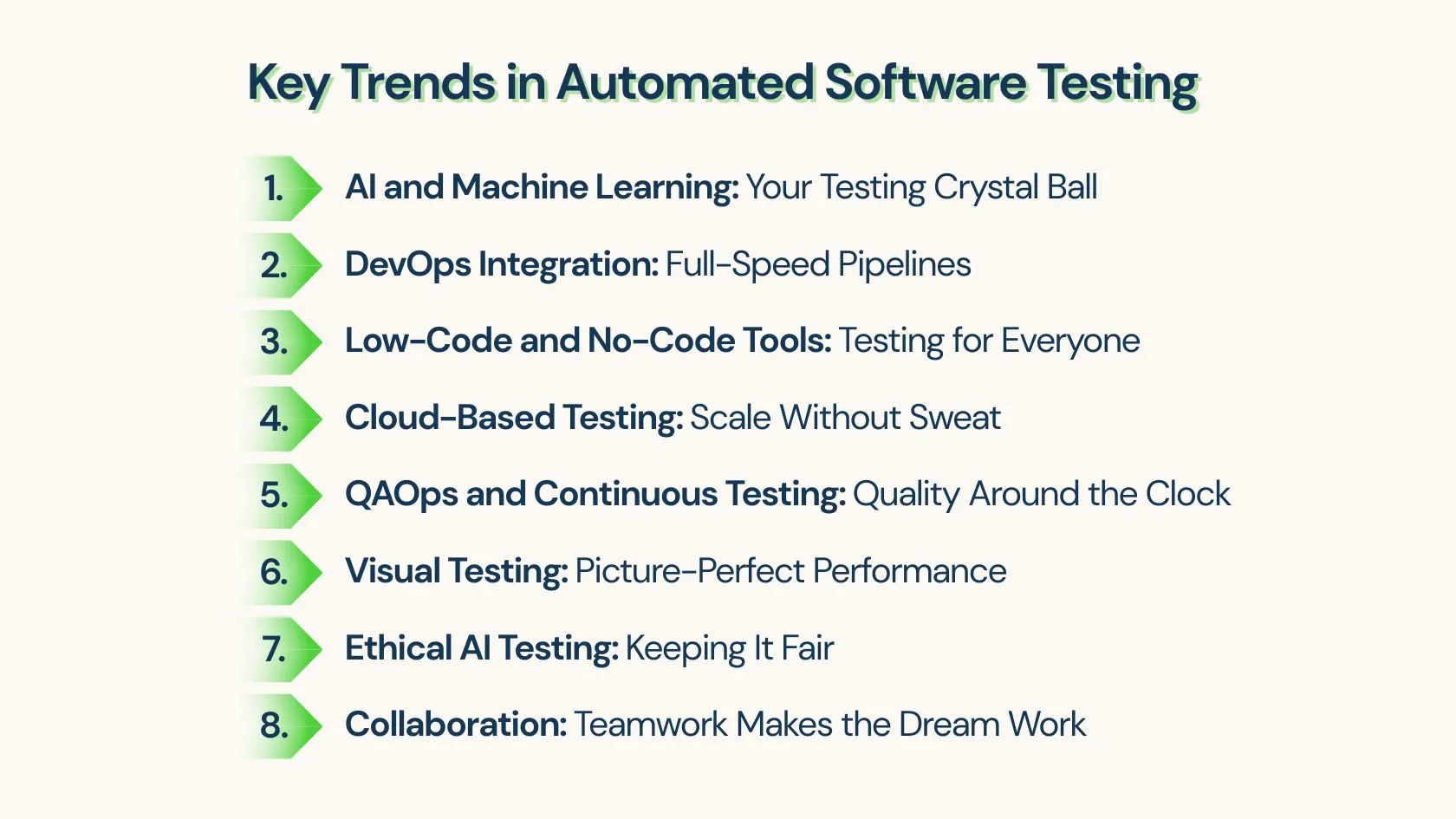
AI and Machine Learning: Your Testing Crystal Ball
AI isn’t just hype anymore - it’s your new best friend in testing. Tools are getting brainy, using machine learning to predict where bugs might lurk and even fixing themselves when the UI shifts.
Imagine a tool analyzing your user stories and saying, “Based on this requirement, here’s a set of test scripts covering the key scenarios.” That’s happening now with platforms like Testingy AI Generator, which intelligently crafts test cases from your inputs - no more starting test automation entirely from scratch after a feature update. AI’s also digging through past data to spotlight risky areas, so you’re not guessing where to look. It’s like having a superpower that spots trouble before it strikes.
DevOps Integration: Full-Speed Pipelines
Testing and DevOps are joining forces like never before. In 2025, automated tests run at every code commit, catching hiccups early in the pipeline. Tools like Jenkins and GitLab CI/CD make this a breeze, shrinking feedback loops and keeping deployment drama to a minimum.
It’s all about teamwork - developers, QA, and ops are in sync, so bugs don’t sneak through the cracks. This isn’t just a nice-to-have; it’s how fast-moving teams stay ahead.
Low-Code and No-Code Tools: Testing for All
You don’t need to be a coding ninja to test anymore. Low-code and no-code platforms let anyone write tests in plain English - “click this, check that” - and turn it into automation magic. It’s a game-changer for teams short on time or tech wizards, letting everyone pitch in.
Picture your product manager writing a test while sipping coffee - 2025 is making that real, breaking down barriers and boosting collaboration.
Cloud-Based Testing: Scale Without Sweat
Why wrestle with hardware when the cloud’s got your back? Platforms like BrowserStack offer a virtual testing lab with thousands of devices and browsers, all ready to go.
Need to test on a rare Android version or a smartwatch? Done. It’s scalable, flexible, and saves you from building a device museum in-house.
QAOps and Continuous Testing: Quality Around the Clock
Say hello to QAOps - think DevOps, but with a laser focus on quality. Continuous testing means quality checks run non-stop, not just at the finish line.
It’s like having a guardian angel for your software, catching issues before they grow fangs. In 2025, this is how you ship reliable products without breaking a sweat.
Visual Testing: Picture-Perfect Performance
Apps aren’t just functional - they’re eye candy, too. Visual testing is stepping up to ensure images, videos, and layouts look flawless and load fast.
Automated tools are tackling compression and rendering checks, so your app’s visuals don’t lag or glitch. As interfaces get fancier, this trend is non-negotiable - because a buggy button is bad, but a blurry video is unforgivable.
Ethical AI Testing: Keeping It Fair
AI’s taking on more testing tasks, but with great power comes great responsibility. Ethical AI testing is emerging to keep it in check - making sure the algorithms aren’t biased or dropping the ball.
This means testing the AI itself, not just the software, to avoid any “whoops, that wasn’t supposed to happen” moments.
Collaboration: Teamwork Makes the Dream Work
Testing isn’t a solo gig anymore. Developers, testers, and ops are huddling up, sharing tools and insights to build better software. This isn’t just warm fuzzies - it’s practical. When everyone’s on the same page, issues get caught faster, and releases hit the mark.
There you have it - the trends powering automated software testing into 2025. From AI’s smarts to cloud-powered scale, these shifts are making testing sharper, quicker, and more inclusive. Get ready, because the future’s looking slick - and bug-free.
Essential Automated Testing Tools for 2025
Alright, tech crew, you’ve got the trends - now let’s gear up with the tools that’ll make them real. Here’s the lineup, packed with AI smarts, cloud power, and no-code ease to keep your testing game on point.
| Tool | Key Features | Best For |
|---|---|---|
| Selenium | Open-source, supports multiple languages (Java, Python, C#), extensive browser compatibility | Web application testing, teams with strong coding skills |
| Testim | AI-driven test creation, self-healing scripts, low-code interface | Web and mobile apps, teams wanting AI automation with minimal maintenance |
| BrowserStack | Cloud-based, access to 3,000+ real devices and browsers, parallel testing support | Cross-browser and cross-device testing, scalable projects |
| Katalon Studio | AI-powered test creation, no-code and scripting modes, CI/CD integration | Web, mobile, or API testing, teams wanting flexibility |
| TestRigor | Plain English test scripts, AI-enhanced execution, minimal coding required | Non-technical users, end-to-end testing |
These tools reflect the latest testing landscape, where AI, cloud scalability, and accessibility are king. Whether you lean toward Selenium’s raw power or Testingy’s user-friendly vibe on the automated testing feature, the right choice depends on your team’s skills and goals.
Best Practices for Success
Ready to level up your automated testing game for 2025? These best practices are your cheat sheet to keep things smooth and bug-free without losing your cool. Follow these, and you’ll be dropping clean code like it’s no big deal.
- Hit the Big Stuff First: Automate tests for key features like logins to catch the bugs that’ll tank your app.
- Keep Tests Tidy: Use clear names like “test_checkout” and version control to avoid a script mess.
- Pick the Right Tools: Grab tools that match your project and team’s skills for max efficiency.
- Test Early: Run tests from the first commit to squash bugs before they spiral.
- Track the Stats: Check coverage and speed to make sure your tests are pulling their weight.
- Use AI Smarts: Let AI prioritize tests or fix flaky ones to save you headaches.
- Team Up: Get devs, testers, and ops on the same page for faster, cleaner releases.
Common Obstacles and Solutions in Automated Software Testing
Automated testing is the bomb, but it’s not all high-fives and bug-free code - sometimes it’s like trying to herd cats while your IDE crashes. No sweat, though; we’ve got the fixes to dodge these traps and keep your testing game on point.
High Setup Costs
Starting automation can burn a hole in your budget with pricey tools and setup needs.
Solution: Kick things off with a small pilot project, like automating a single feature, to show the payoff before dropping big bucks. This proves the value to stakeholders and keeps costs manageable.
Skill Gaps
Not everyone’s a pro at scripting or ready to tame AI-driven testing tools from day one.
Solution: Set up short training workshops or online courses to boost your team’s skills fast. Bringing in a consultant for a quick assist can also bridge the gap without long-term costs.
Flaky Tests
Tests that pass one run and bomb the next are like a glitchy game boss - pure frustration.
Solution: Add retry logic to rerun failed tests automatically and use AI to tweak scripts when the app changes. This cuts down on false failures and saves your sanity.
Slow Implementation
Rolling out automation on a big project can feel like waiting for a 90s dial-up connection.
Solution: Split the work into phases, starting with high-priority tests, to build momentum. This keeps the team focused and avoids the slog of a massive overhaul.
Keeping Up with Tech
New tools and trends drop faster than a hot mixtape, making it tough to stay current.
Solution: Block out a few hours monthly to check out new tech, like AI testing updates or cloud platforms. It’s like skimming patch notes to stay ahead of the meta.
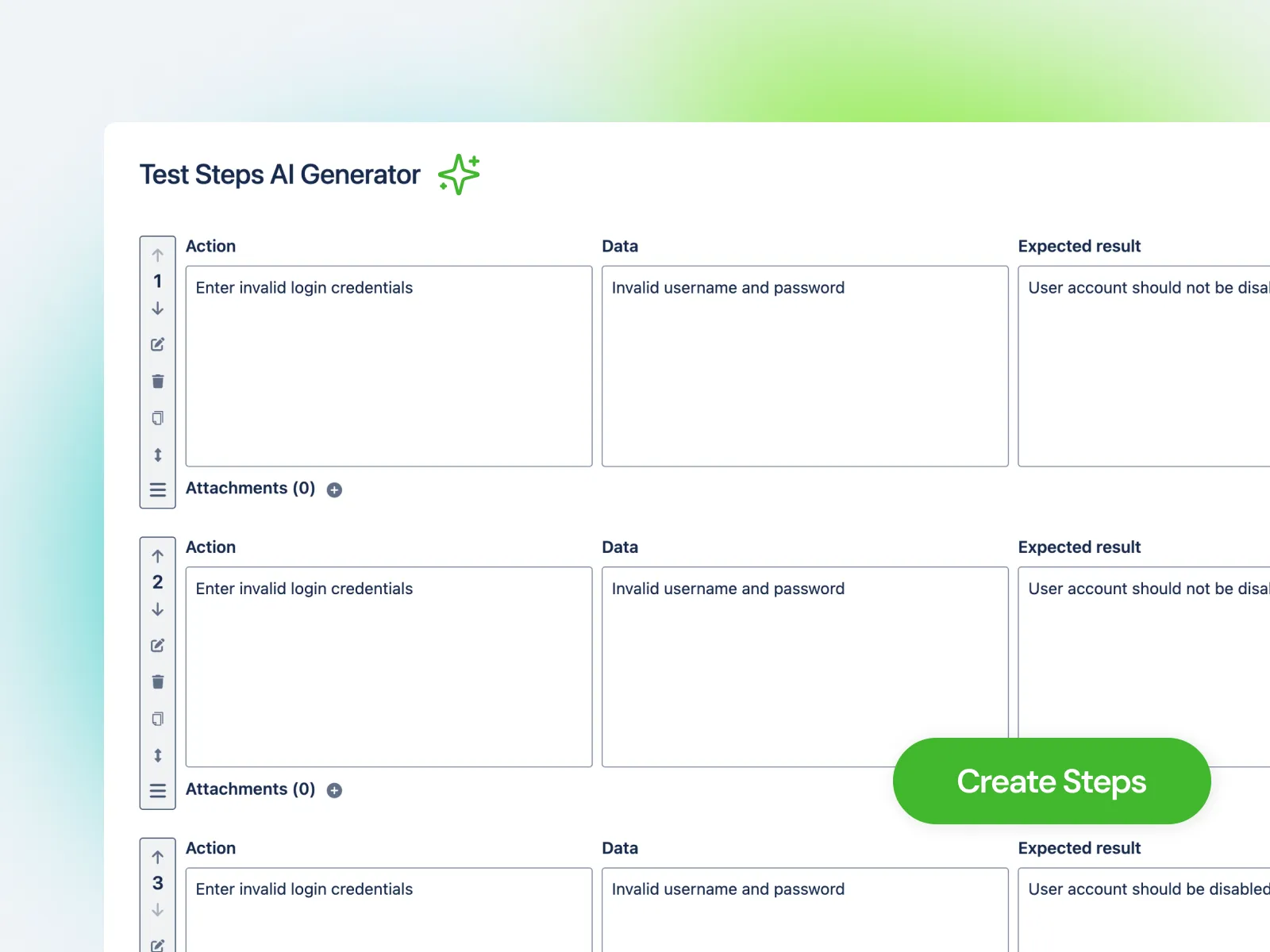
Team Pushback
Some teammates might drag their feet, thinking automation’s more trouble than it’s worth.
Solution: Demo quick wins, like cutting test time in half, to get everyone pumped. Regular team huddles can also ease fears and build buy-in.
Final Thoughts
So, you’ve got the full rundown on automated testing in 2025 - pretty impressive stuff, right? AI’s hunting bugs like a pro, DevOps is keeping pipelines tight, and cloud tools are making scale a breeze. These trends and strategies are your edge for building software that users love.
